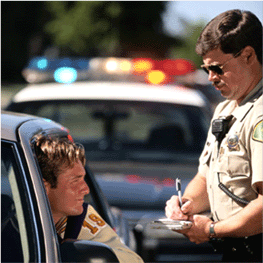Cal-Driver-Ed.Com |
|
California's Home Study Driver Education Class |
To easily find this site again, hit Ctrl+D, or drag this link: Cal-Driver-Ed to your Favorites.
| Log-In | Driver Education | Driver Training | DMV Requirements | FAQs | Compare | Contact Us |
|
|
Our Driver Education Course is Accepted by the California DMV View Our California DMV Verification Letter Sample DMV Driver Education Certificate of Completion  "Cal-Driver-Ed is a pioneer in the field of online driver education. Over 80,000 California teenagers have taken their courses and are driving today." "I recommend Cal-Driver-Ed for home study driver education." The following quotes are excerpts from a California DMV Study on the Effectiveness of Home-Study Driver Education (PDF) dated April 2003: "Home-study students performed just as well or better than classroom students ... " "Home-study courses may also have the additional benefit of increasing parental involvement in their teen's learning process, which has been shown to be an important factor ..." |
|
Cal Driver Ed is proud
|
|
Already Have Your License? Traffic school will help keep your auto insurance costs lower if you receive a traffic ticket. Every licensed California Driver must have auto insurance to drive a vehicle in California. Proof of insurance must be provided to the California DMV when you obtain your drivers license (not your learners permit). Proof of auto insurance must also be provided to DMV when you register or renew the license on a vehicle you own. |


